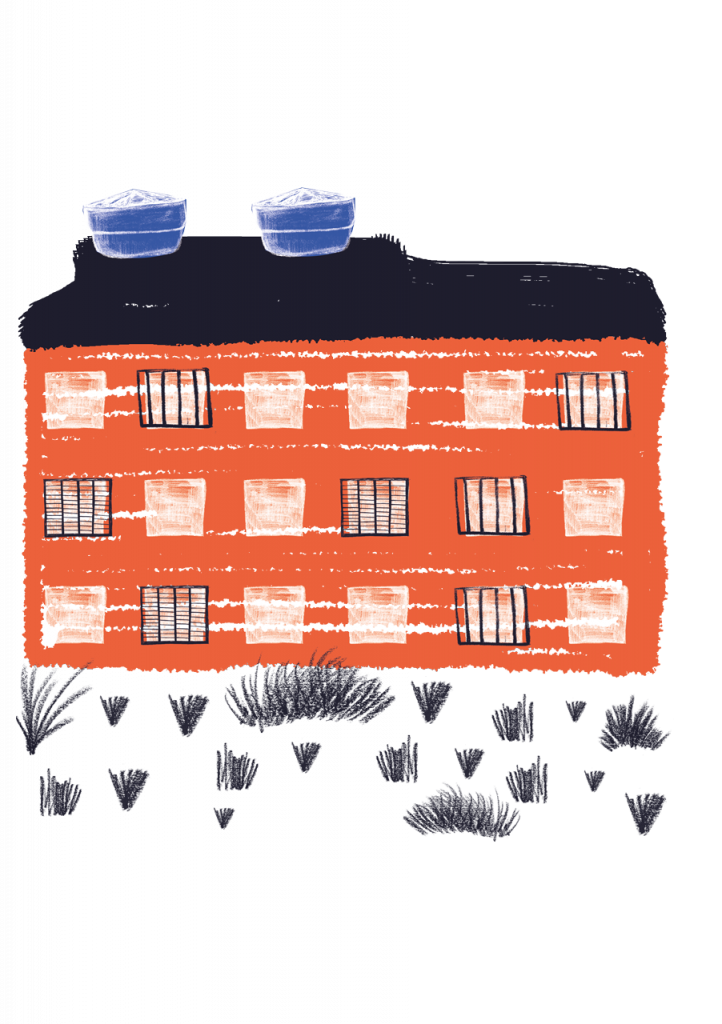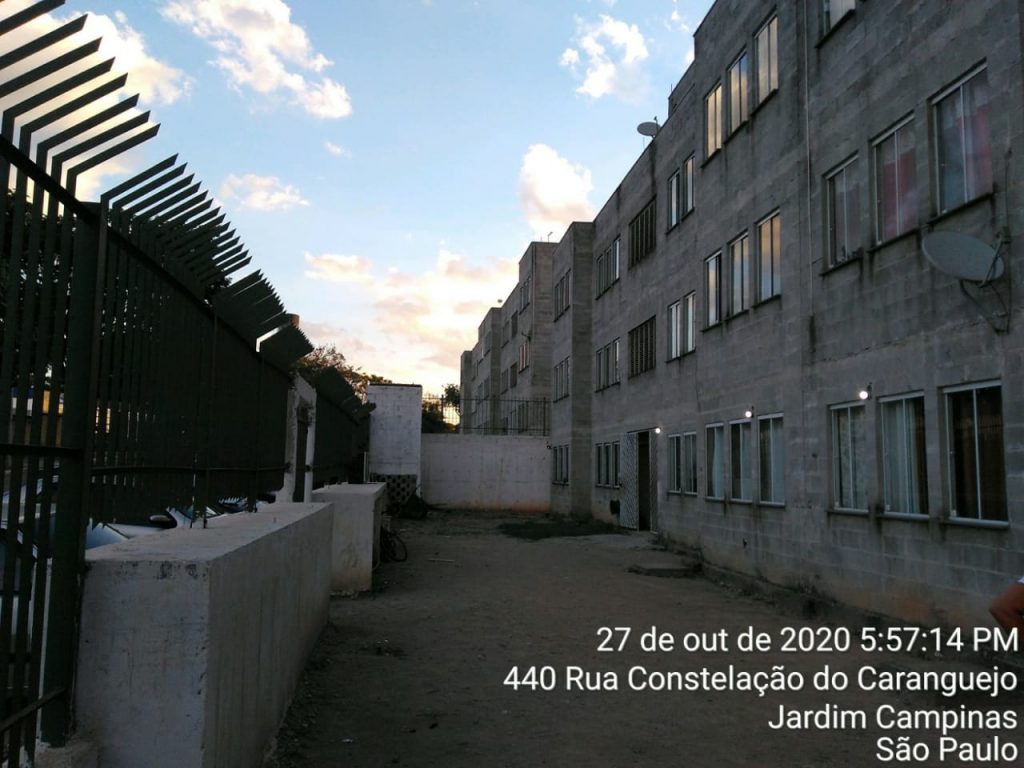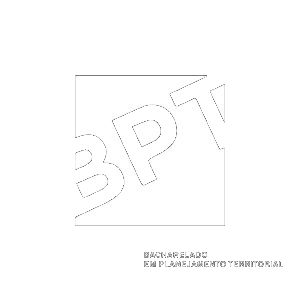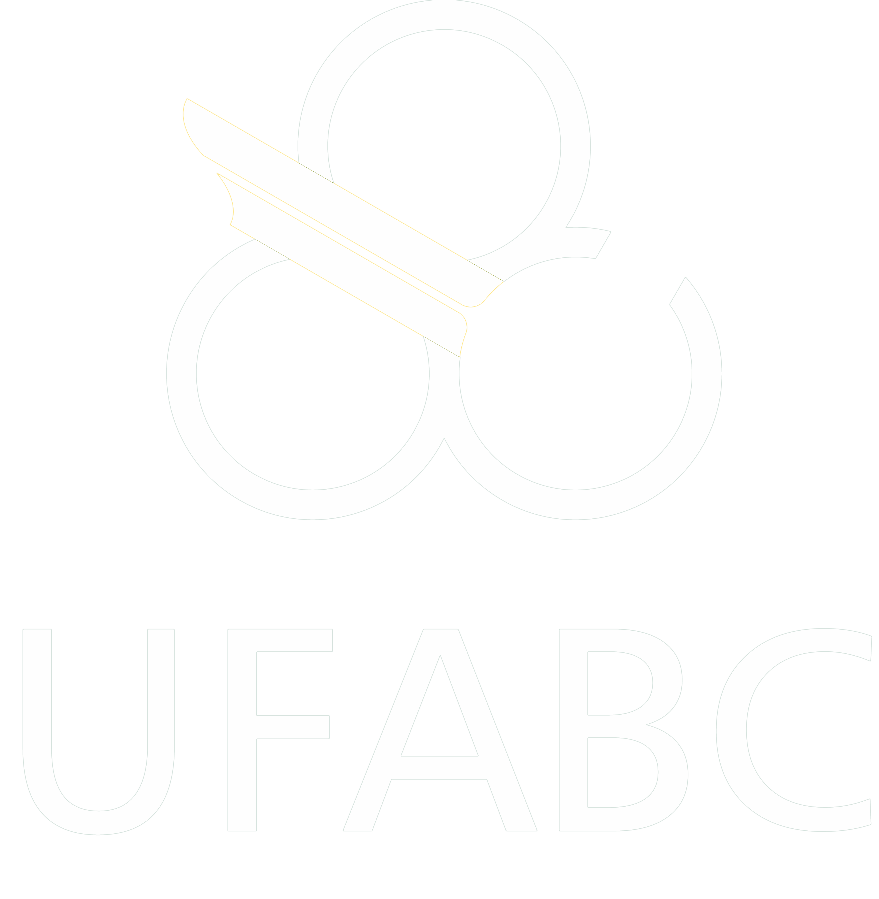
Chácara do Conde, Grajaú district, Capela do Socorro Sub prefecture
Dona Luciana is 32 years old, single, brown, works as an advisor and collaborates with the work of the community. From Itapecerica, she has lived in the community for 24 years, when her grandmother took her there. Today, she lives alone and pays rent. Defines the water supply service as good and does not suffer from interruption in the water supply, despite reporting a problem with basic sanitation.
“With regard to water, I have nothing to add. But if you ask about basic sanitation, I have to tell you. ”
“(…) as I live alone, I didn’t feel that difference. But my grandmother, as she doesn’t live alone, she felt that difference. Because she lives with three other people. And the water is not enough, you know. ”
“(…) There was an increase in water, they say it is a leak and when we go to see it it is not a leak. This happened at the time of the pandemic. ”
“They split up the bill. But it is difficult to pay the installment and the bill together. Even more when the person is unemployed.
Dona Inês is 31 years old, single, brown, works as a secretary and collaborates with the work in the community. Born in São Paulo, she has lived in the community since she was 3 years old and today she lives with 7 more people in her house. She commented that she washes clothes in the mornings, which is when the water arrives. There’s nothing to complain about the water supply, only the bill.
Dona Cleide is 23 years old, single, black, works as a school transport monitor and also collaborates with the work in the community. She lives with three other people and got to know the community through her grandmother’s work. Because there is an established network, there are no problems due to lack of water, but to pay a water bill, which can be difficult to due to the lack of income.
“I received a basic food basket, hygiene kit, mask, alcohol gel as well.”
“Access to water is ok. Now I found abusive from Sabesp, because in the middle of a pandemic, in which the community was closed. We weren’t using that much water. Three months ago, abusive accounts started to come. A bill of 1700 reais started to come, originally costing 150 reais, in which I complained and in the following I received a 7000 reais bill. ”
“Then came the inspection by Sabesp, who did not know what was happening, cut off the supply of the association and even with the water cut off, the next month came three times as much. About 15,000 reais of water bill. There is no explanation. ”
“Before, they said it was leaking, but with the value of this bill, if there was a leak, everything would be flooded. Every month the value comes up, even with the water cut off. ”
Community leadership, Dona Norma, 61-year-old black woman, educator, has been participating in housing movements for 29 years. She participated in the construction of the community from the beginning, when they signed an agreement with the Funaps Community Fund for the construction of houses and infrastructure. For D. Norma, the biggest problem is not the lack of infrastructure and formal water supply, but the value of the water bill and the residents’ difficulty in paying for the service. There were no actions by Sabesp or the City Hall to resolve the problem.
The subdivision of Chácara do Conde-Phase I, is an old and consolidated community, which was constituted in 1991, when an agreement was signed with the Funaps Community Fund Program of the City of São Paulo for the construction of houses and the implementation of public infrastructure. Today Chácara do Conde has 820 regularized lots, distributed in approximately 1000 houses, all built in masonry, with a population of approximately 2400 people.
The infrastructure for water supply and sewage collection is present in the community as a whole and was made official by Sabesp. Likewise, part of this infrastructure was probably financed by the residents, since at the beginning of the occupation, the construction of the networks was built by them. Virtually all residents have a water tank in their homes, which varies in volume from 500 to 1000 liters. All water taps in the house are supplied by water tanks.
The huses of all respondents have a bathroom inside ir, with a sink, toilet, and shower, without the need to bathe with a mug and bucket. Among the problems reported in relation to the water supply are the intermittent supply, the point of not being able to keep the water tanks filled and the difficulty in paying the water bills.



Photos by: Marilene Ribeiro de Souza e Sheila Cristiane Santos Nobre






